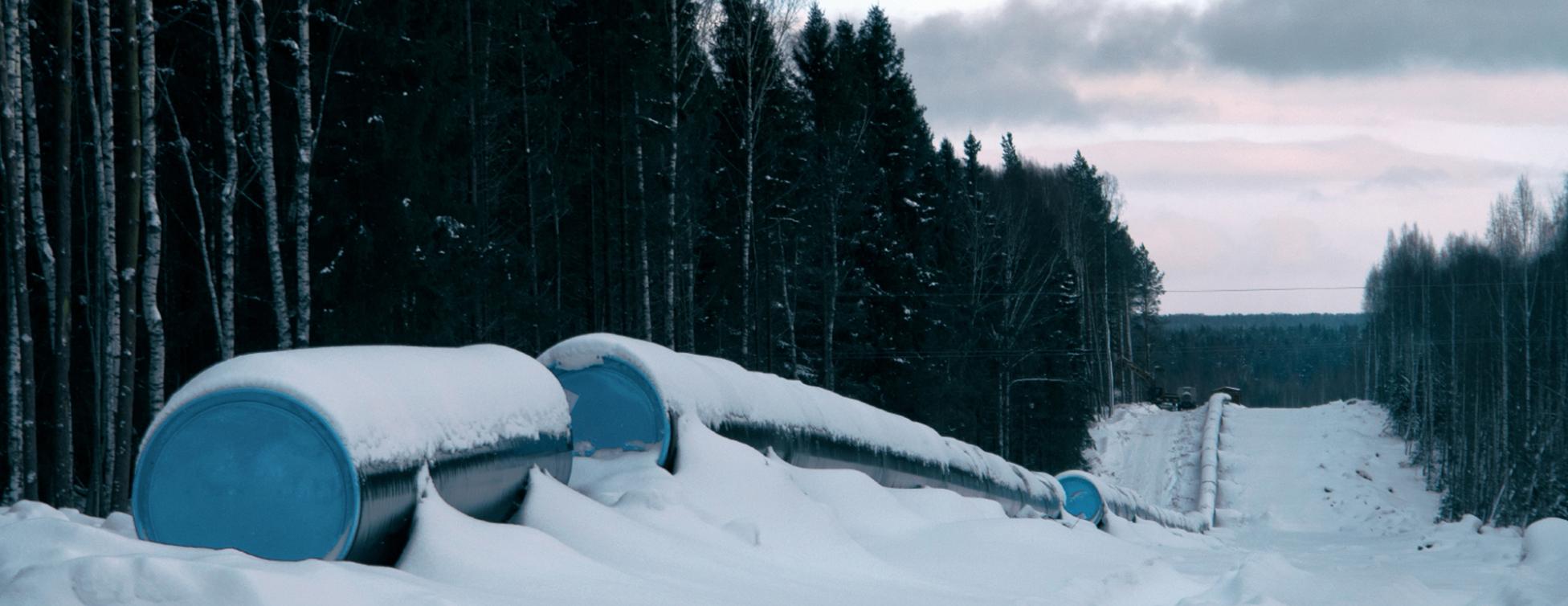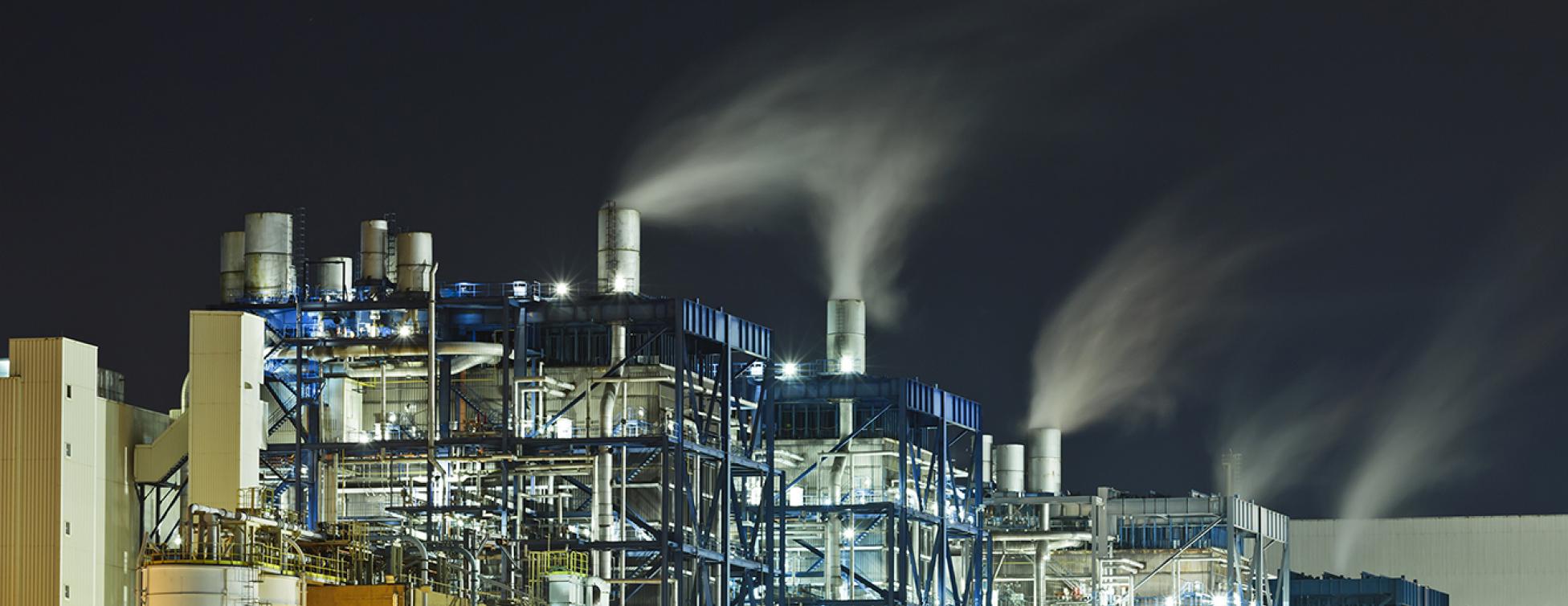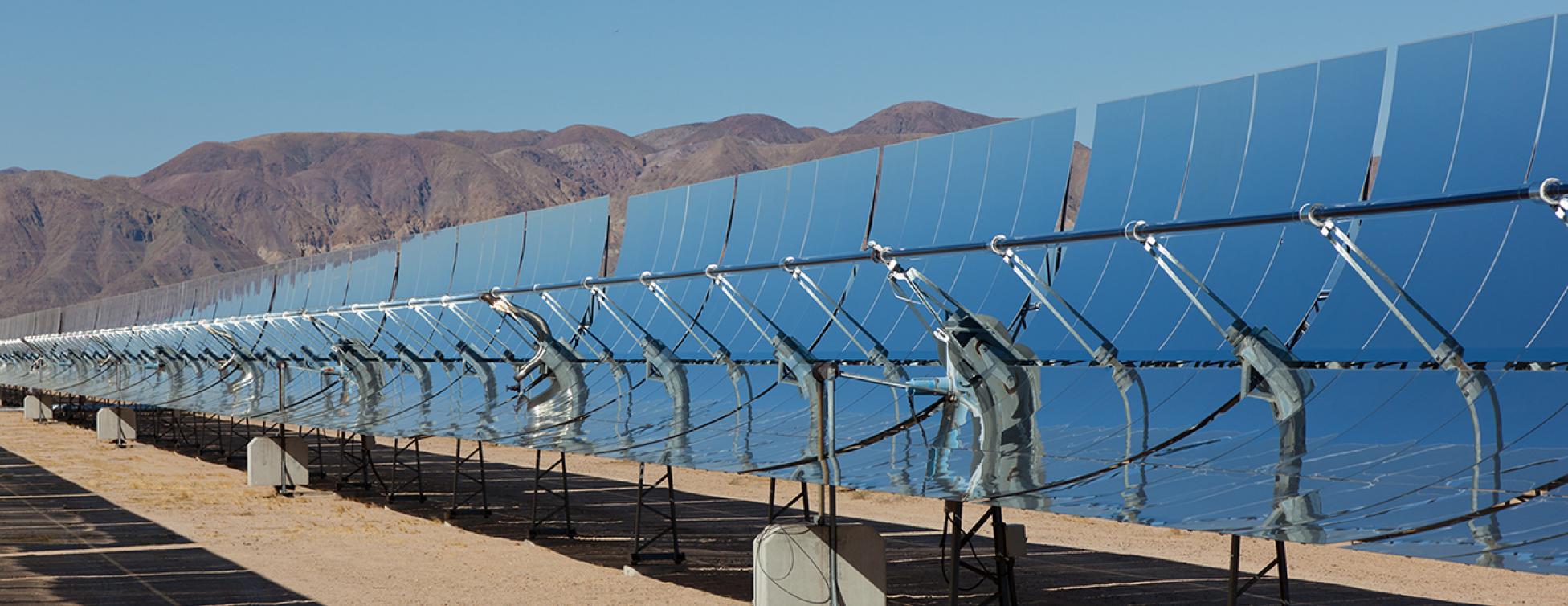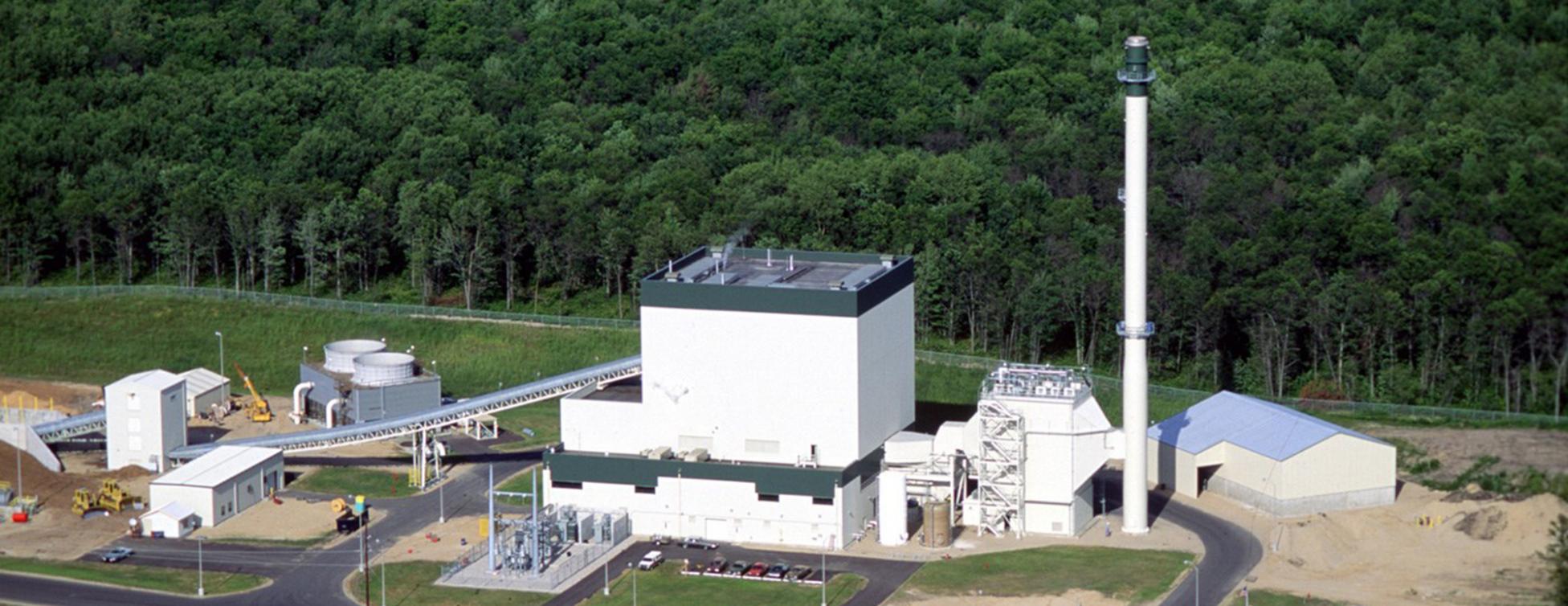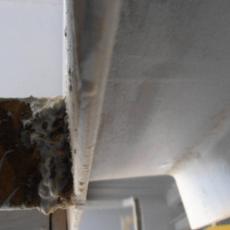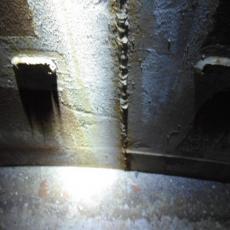Welding
General Welding
In a completed facility inspected by EPR, there was a noticeable level of unacceptable general welding. As a frame of reference, this plant was purchased to be built by an experienced contractor to western standards (AWS) in a location where suitable labor was available.
During the initial stages of the review, it became clear that some workmanship lapses were so pervasive that a plant-wide cataloging of the defects was impractical. Therefore, a detailed review was conducted on one power train to determine a representative condition of the whole plant related to general welding.
171 welds on pipe supports, electrical cable tray/conduit supports, and gallery steel were evaluated per the visual acceptance criteria standards of AWS D1.1, Sections 5 and 6. 20 (twenty) were found to meet the most basic “stand-back” visual acceptance criteria of the AWS D1.1. Effectively, at least 89% of the welds did not meet the AWS visual acceptance criteria, and many (most) failed with multiple defects. Keep in mind this investigation did not get into real detail with the use of Cambridge or fillet... Read more
Clearly some money was saved, but it could not have been significant.
Owner: Could be as little as occasional maintenance labor for failed items, or significant when important failures occur costing operating hours/days.
Weld Slugs
Proper power plant construction is typically based on layers of processes and checks. Often observed quality problems are concerning due to their possible systematic nature and origin as a supervision problem.
In the realm of field welding, few defects speak as clearly about poor contractor quality and a loss of accountability than a slugged weld. The attached photo reveals that a piece of “all-thread” rod was used to fill several weld passes. Even worse, the welder didn’t even feel compelled to bury the slug under the cap and so it remained exposed. This indicates a site ethic existed, where the welder felt there was no consequence to being caught, or perhaps the welder was confident that no one would verify his work.
There may be several codes or standards that cover this type of activity, but it violates the general welding standards of AWS. The practical reason “slugs” are not acceptable is due to the uncontrolled and usually low-grade nature of the material used as “slugs”. This implies a possible structural deficiency, which is of course not acceptable.
In this facility,... Read more
The joints need welding, to do it wrong saves no time. Unqualified labor may be marginally cheaper, but not if the work is rejected!
Contractor: Cost of repair is small; but brand damage is meaningful. Owner: Structural failure risk increases, but small. Concerning indicator of plant quality!
HRSG Stack Welding
HRSG Stacks are subjected to accelerated corrosion where sulfur is present in the fuel (gas/oil). An engineered solution is to protect stack internals with a coating which contains glass flake. For the coating to adhere it must be applied on a properly prepared substrate (NACE/SSPC/Manufacturer’s Recommendations). Glass flake coatings cannot be effectively patched.
In this case, the stack field welds were not compliant with AWS D1.1, 5.24.4 (visual examination criteria), the construction contract criteria. This poor workmanship necessitated rework of the welds and stack coatings. Concerns include welder qualification, lack of weld inspection, lack of coatings prep inspection, and pervasiveness of defect (full length, all stacks). Additionally, the stack alignment lugs were not ground smooth in preparation for the coatings.
Another concern with unacceptable weld profiles in the stack is weld failure due to expansion and contraction of the stack during outage cycles and wind loads, especially in the presence of sulfur.
Blasting, weld repair, and recoating of one stack... Read more
Minimal. It takes no more time to weld properly, but perhaps some minor labor savings was gained with an unqualified welder
Owner: 2 month outage, revenue loss at $35,000/day =~$2,000,000. EPCC: ~$400,000 to repair welds and recoat.



